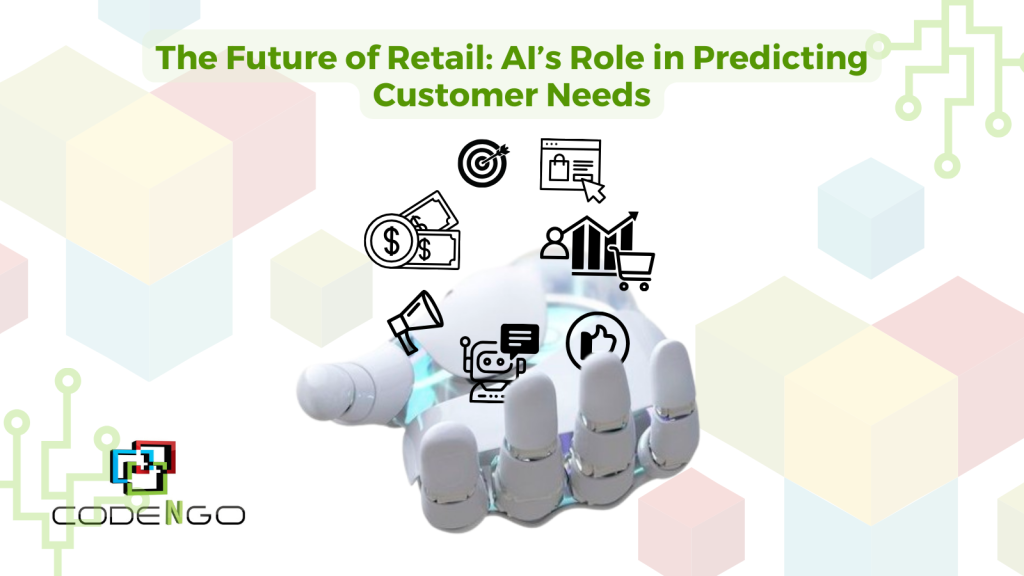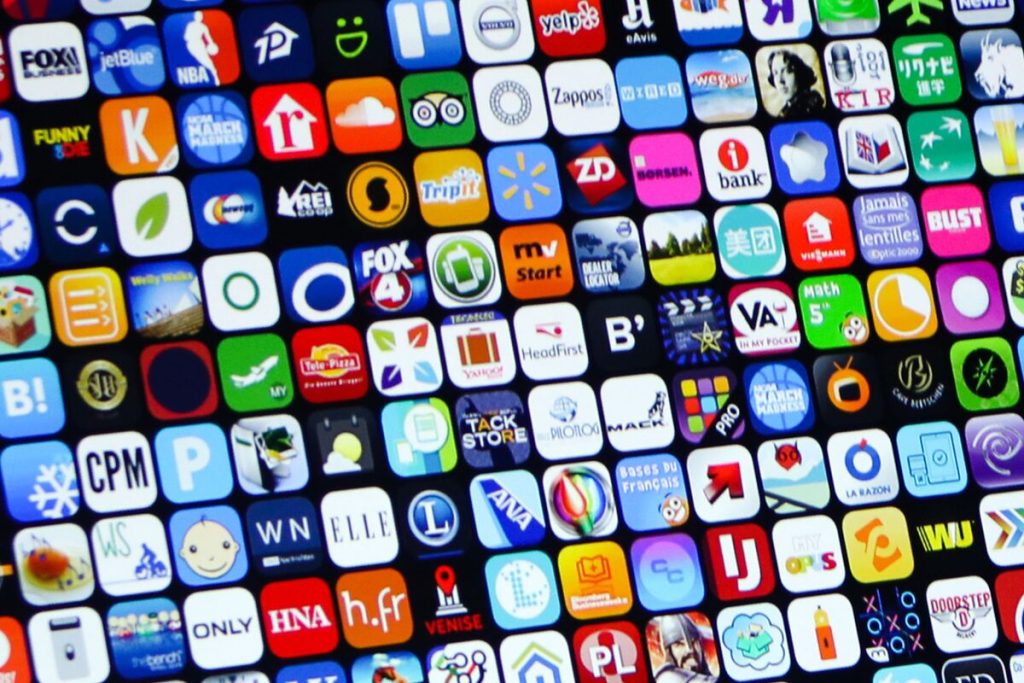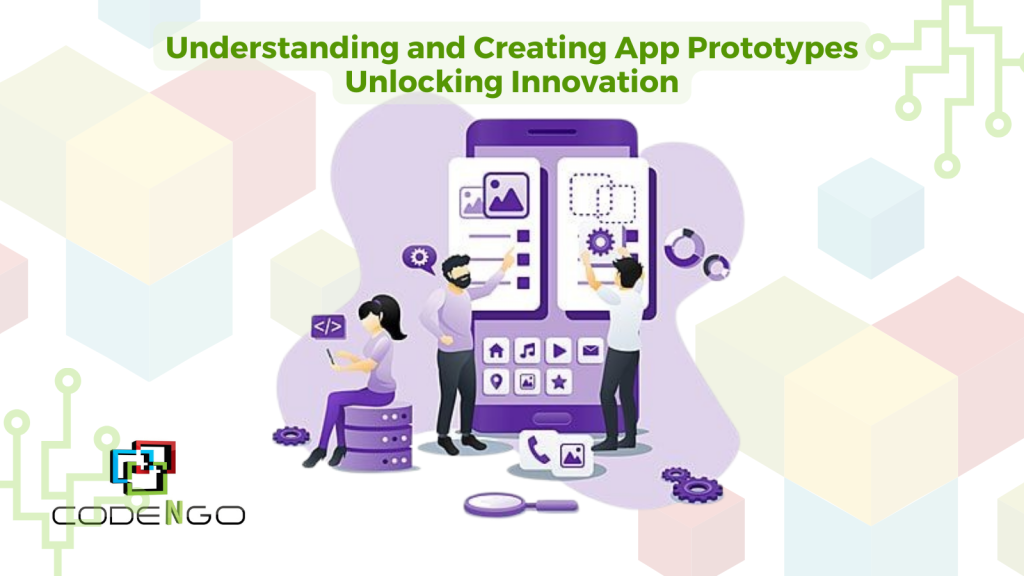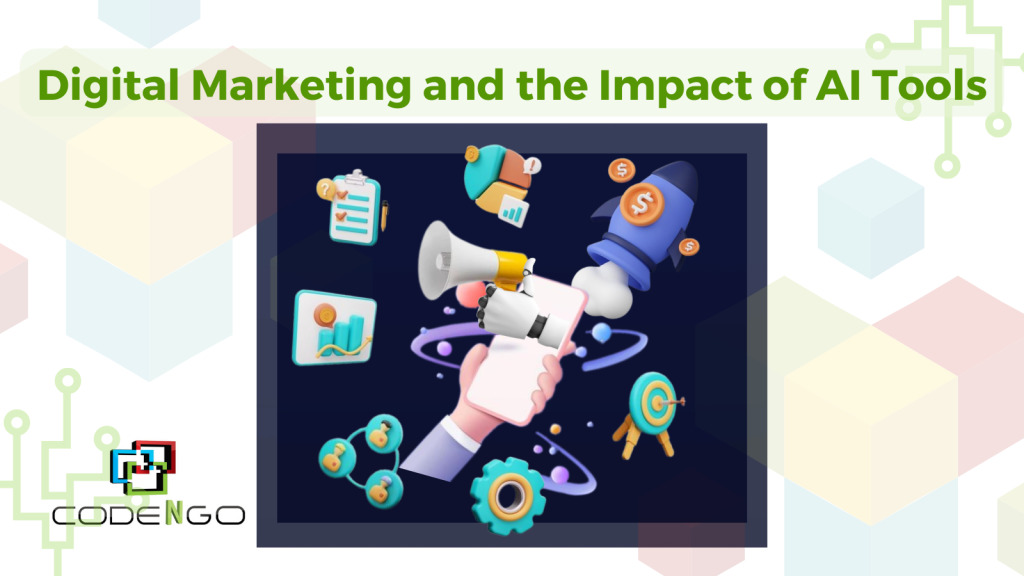Google AI Studio, a suite of advanced tools and services, provides an essential platform in the rapidly evolving field of artificial intelligence. It empowers developers, data scientists, and businesses to efficiently harness the power of AI by streamlining the development, deployment, and management of AI models. This article explores the capabilities of Google AI Studio and its manifold benefits.

1. Data Preparation and Management
Efficient data handling is foundational to any AI project. Google AI Studio provides powerful tools to manage and prepare data:
- BigQuery: This fully-managed, serverless data warehouse allows for rapid analysis of massive datasets. Its scalability and performance make it ideal for big data projects.
- Data Labeling: Properly labeled data is crucial for supervised learning. Google’s data labeling service ensures that your data is accurately annotated, streamlining the training process.
2. Model Building and Training
Google AI Studio offers a variety of options for building and training machine learning models, catering to both novice and expert users:
- AutoML: This tool enables users to automatically build and train custom machine learning models with minimal effort. It’s perfect for those who may not have extensive experience in machine learning.
- TensorFlow: For more advanced users, TensorFlow provides a comprehensive open-source framework for building complex models. Its flexibility and support for deep learning make it a favorite among AI researchers and practitioners.
- Notebooks: Managed Jupyter notebooks offer an interactive environment for data science and machine learning tasks, facilitating experimentation and collaboration.
3. Model Deployment and Management
Once models are built and trained, deploying them efficiently is key to leveraging their capabilities in real-world applications:
- AI Platform Prediction: This service allows for the deployment of trained models for both online and batch predictions, ensuring scalability and reliability.
- Kubeflow: Designed for managing machine learning workflows on Kubernetes, Kubeflow automates the deployment, scaling, and operation of ML models, making it easier to handle complex workflows.
4. Pre-trained Models and APIs
For those looking to integrate AI capabilities quickly, Google AI Studio offers a range of pre-trained models and APIs:
- Vision AI: This API allows for image analysis, including object detection, text recognition, and content moderation.
- Natural Language AI: Analyze text for sentiment, entity recognition, and syntactic analysis with ease.
- Translation AI: Translate text into different languages, facilitating global reach and communication.
- Dialogflow: Build conversational interfaces and chatbots to enhance customer interactions and service automation.
5. Monitoring and Governance
Ensuring that AI models perform well and remain transparent is crucial for long-term success:
- AI Explanations: Understand and interpret model predictions to ensure transparency and build trust with stakeholders.
- Model Monitoring: Continuously monitor model performance to detect anomalies and ensure consistent results.
- AI Hub: This collaborative platform allows teams to share machine learning assets such as notebooks, pipelines, and models, fostering innovation and efficiency.
6. Integration and Extensibility
Google AI Studio is designed to integrate seamlessly with various tools and services:
- API Integration: Connect with a wide range of Google Cloud services and third-party tools to enhance your AI projects.
- Custom Containers: Deploy models using custom containers to meet specific dependencies or configurations, offering flexibility and control.
The Benefits of Google AI Studio
The comprehensive nature of Google AI Studio brings several key benefits:
- Efficiency: Automating data preparation, model building, and deployment processes significantly reduces time-to-market for AI solutions.
- Scalability: Google’s infrastructure ensures that your AI models can scale effortlessly to handle large volumes of data and requests.
- Collaboration: Tools like AI Hub and managed notebooks foster collaboration among teams, leading to more innovative solutions.
- Accessibility: Services like AutoML make advanced AI capabilities accessible to those without deep technical expertise.
- Transparency: AI Explanations and model monitoring enhance transparency and trust, crucial for ethical AI deployment.
Google AI Studio offers a powerful suite of tools and services that cater to every stage of the AI lifecycle. From data preparation and model building to deployment and monitoring, it provides a robust and scalable platform that drives innovation and efficiency. Whether you’re a seasoned data scientist or a business looking to leverage AI, Google AI Studio is an invaluable asset in your AI toolkit.









